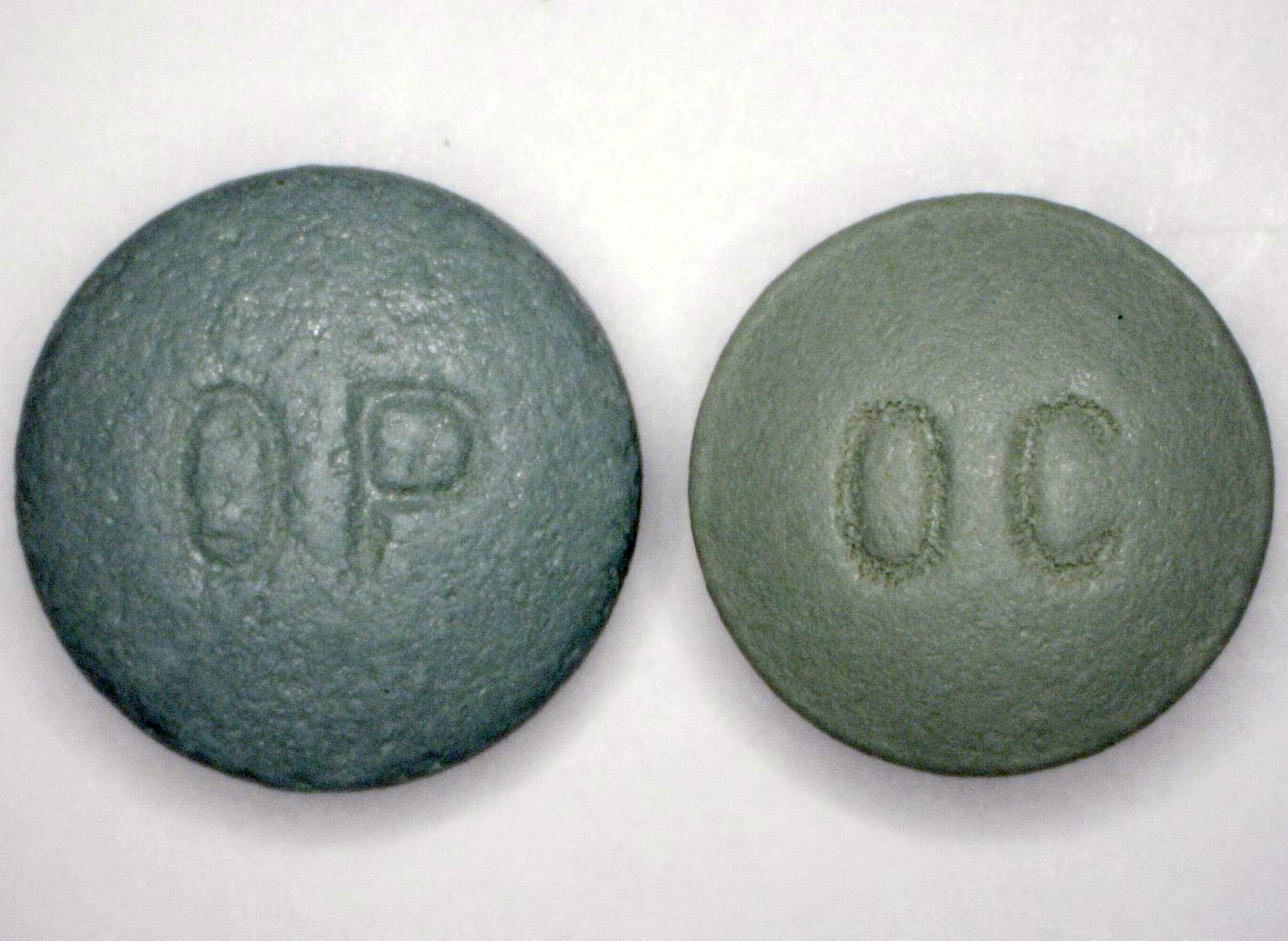
OxyContin is a prescription opioid that is often the cause of overdose deaths.

OxyContin is a prescription opioid that is often the cause of overdose deaths.
Wisconsin has seen a surge in fatal overdoses during the last decade, and the state is catching up to other states in drug-related deaths.
A new Wisconsin Department of Health Services report indicates drug overdose deaths in the state went up nearly 70 percent from 514 fatal drug overdoses in 2005 to 872 in 2015. The death rate from drug overdoses in Wisconsin is on par with the national average.
State Department of Health Services Health Officer Karen McKeown said the spike puts Wisconsin in the middle of the pack for overdose deaths in the United States.
"Wisconsin is currently right in the middle of other states, McKeown said. "So we are 23rd, 24th for opioid deaths."
Emergency room doctor Kyle Martin doesn't know if the crisis will worsen.
"I don't know if anyone would have the definitive answer as to whether or not we really have peaked. My hope is that we are getting close to that peak," said Martin, who works at SSM Health St. Mary's Hospital in Madison.
Doctors prescribing opioids are now more aware patients can become addicted, Martin said. Wisconsin requires doctors and pharmacists to check a database tracking opioid use to prevent addicts from seeking prescriptions from numerous doctors, also called doctor shopping. Doctors have complained the database is cumbersome to use, but McKeown said the state is fixing the prescription drug monitoring program, or PDMP.
"We are working as a state to try to make sure the PDMP is as easy to use as possible so that it really can be effective and really give physicians on the front lines the information need when they are writing a prescription," McKeown said.
The 872 overdose deaths in 2015 were from prescription painkillers such as oxycontin and illegal opioids such as heroin. Martin said doctors are also starting to see overdoses from =fentanyl, a prescription opioid 50 to 100 times more powerful than morphine.
"A lot of it depends on the year, and, to be blunt, what's cheapest on the street," Martin said. "Heroin was one of the cheaper alternatives for a long time. We're seeing more fentanyl which is a very concentrated opioid. It varies based on accessibility."
The state began tracking overdose deaths long before the heroin and prescription drug epidemic, McKeown said.
"This problem has been emerging for a while, and we and partners began to have conversations and explore what actions we could take to reverse the trend years ago," she said. "And at this point, we know there are several approaches that can help."
St. Mary's Hospital in Madison s starting a pilot program in November to have state-certified peer counselors help addicts get treatment after they leave the emergency room.
The state is trying to make sure people already addicted to opioids know there is hope for recovery and there are evidence-based treatments for addiction, McKeown said. The state Health Department recently issued a public health advisory about the opioid epidemic to bring more attention to the issue.
Wisconsin Public Radio, © Copyright 2023, Board of Regents of the University of Wisconsin System and Wisconsin Educational Communications Board.